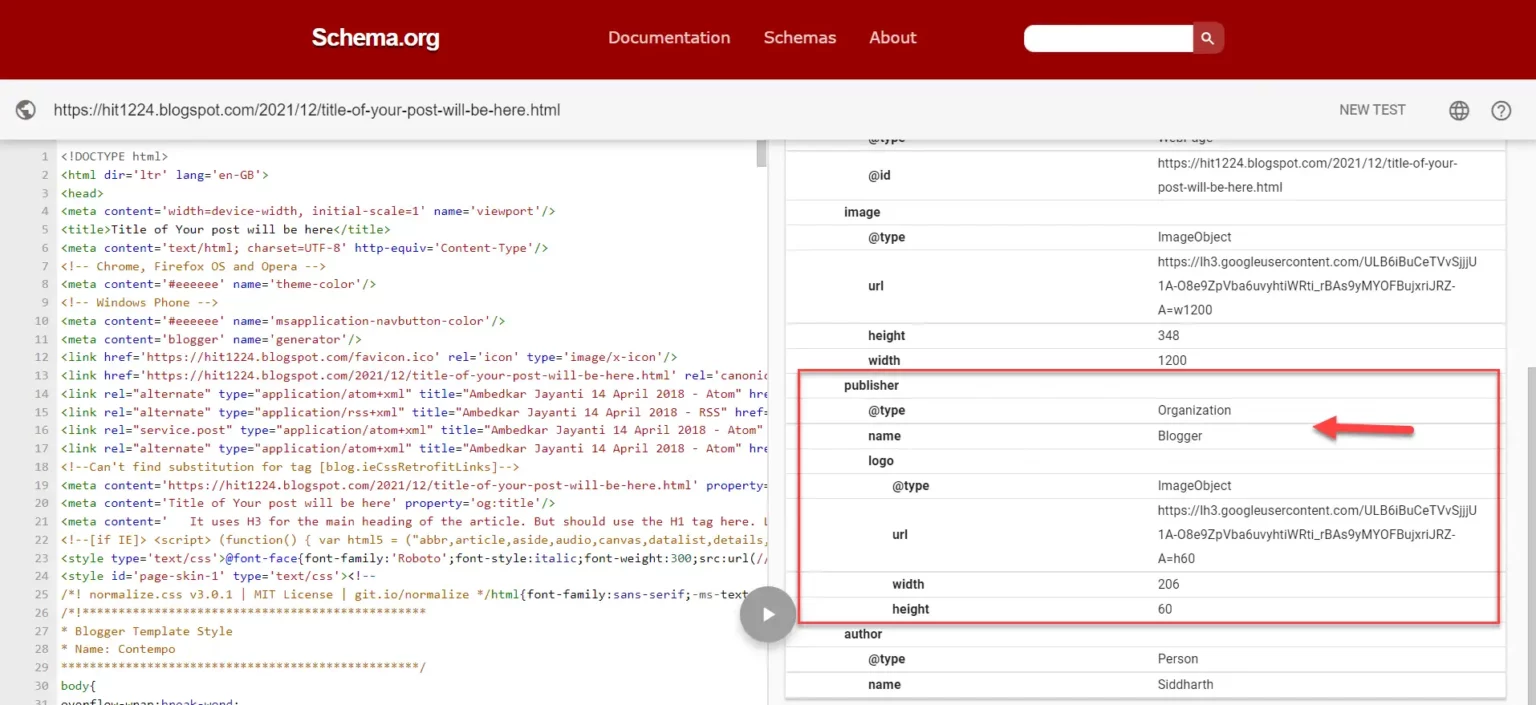In this guide, we’ll explain why relying on Blogger’s default theme can negatively impact your blog’s SEO and user experience, and what alternatives you should consider.
In this article, we will cover:
- Reasons to avoid the default Blogger theme
- Missing H1 headings for blog posts
- Issues with schema markup
- Absence of latest Robots meta tags
- Lack of HTML5 semantic tags
- Recommendations for better Blogger themes
Why Using the Default Blogger Theme Can Be Problematic
Blogger is an excellent microblogging platform with a robust server infrastructure, high-speed performance, and unlimited bandwidth. Technically, it can handle substantial traffic without slowdown.
However, while the platform itself is fast, optimization is still required to fully leverage its performance. The default theme, although visually appealing, makes this optimization challenging due to certain technical limitations.
Common Misconceptions About the Default Theme
Many beginners assume that the default Blogger theme is inherently SEO-friendly, but that is a misconception.
Blogger introduced “themes” to replace the older template system. While these new themes look modern and well-designed, they lack essential technical SEO elements, including:
- Main article headings using H3 instead of H1
- Schema markup using “Blogger” as the organization name
- Missing meta tags for robots and Google Discover
- No integrated social media meta tags
- Incomplete use of HTML5 semantic tags
In short, the default theme is not SEO-optimized, and relying solely on it can limit your blog’s organic reach. Custom themes are better for implementing on-page SEO, which can increase traffic significantly.
Missing H1 Heading Tag for Blog Posts
One of the most crucial SEO issues with Blogger’s default theme is the lack of H1 heading tags for individual blog posts.
H1 headings are vital because they help search engines understand the main topic of your content. Without them, your posts may struggle to rank, reducing visibility and organic traffic.
Inspecting a Blogger default theme shows that the post title uses an H3 tag instead of H1, which can harm your on-page SEO.
Schema Markup Limitations
Schema markup provides structured data about your blog and content, including the author and organization.
The default Blogger theme does include schema, but it lists the organization as “Blogger.” While schema is important for SEO, having “Blogger” instead of your own brand name can reduce your blog’s branding potential.
Using a custom theme allows you to implement proper schema, improving search visibility and reinforcing your unique brand identity.
Missing or Incomplete Robots Meta Tags
Robots meta tags tell search engines how to index your pages.
Blogger’s default theme does not include updated robots meta tags, which are crucial for controlling how pages appear in Google Search and Google Discover.
For example:
<meta content='index, follow, max-snippet:-1, max-image-preview:large, max-video-preview:-1' name='robots'/>
This tag is ideal for certain pages but should not appear on all pages, such as search, label, or archive pages. Proper use of robots.txt and meta tags ensures better indexing control.
Lack of HTML5 Semantic Tags
HTML5 tags like <header>,
<footer>, <article>,
and <nav> improve a blog’s
structure, accessibility, and SEO.
The default Blogger themes only partially use these tags. While you could manually edit the template to include them, it requires technical skills. Using a pre-designed custom theme with full HTML5 support is a more efficient solution.
Conclusion: What Should You Use Instead?
While the default Blogger themes are convenient, they fall short in several critical areas, including SEO, user experience, and branding.
To maximize your blog’s performance:
- Choose a custom or third-party theme that addresses these gaps
- Optimize for search engines with proper headings, schema, and meta tags
- Ensure full HTML5 semantic support for better accessibility
Recommended Alternative: TezzBlog
After analyzing many Blogger themes, we noticed that most templates are missing one or two essential features. To solve this, our team created TezzBlog, a fully optimized Blogger theme that addresses all SEO, schema, and usability issues.
I hope you found this guide useful. If you have questions or doubts, feel free to leave a comment below.

